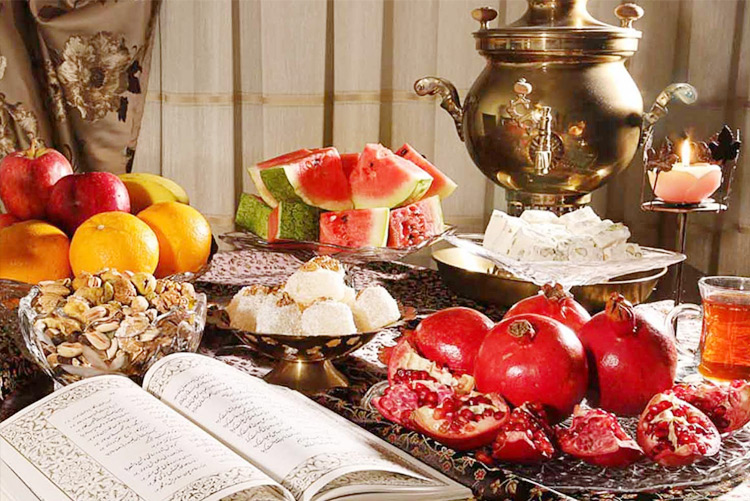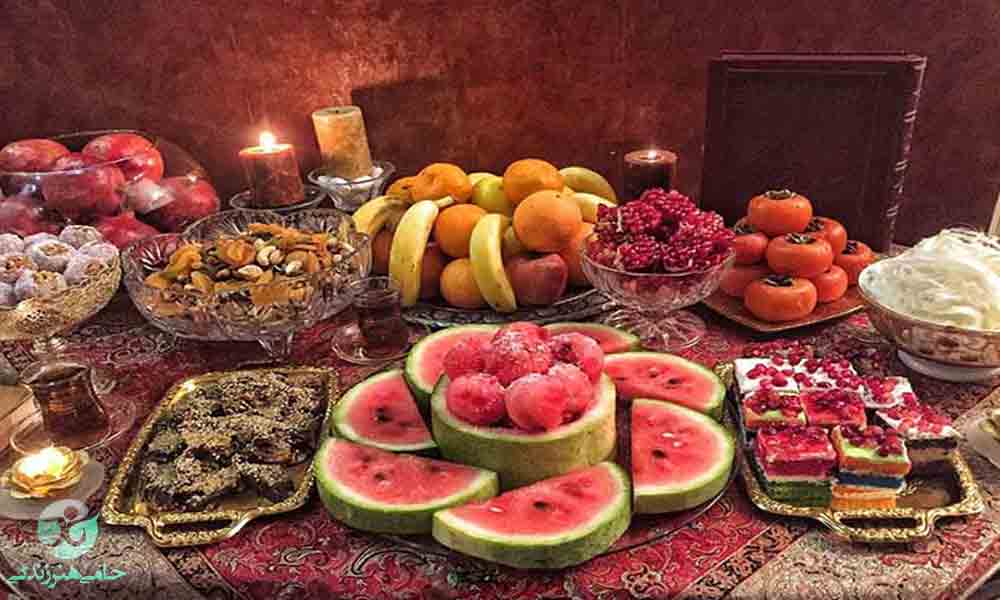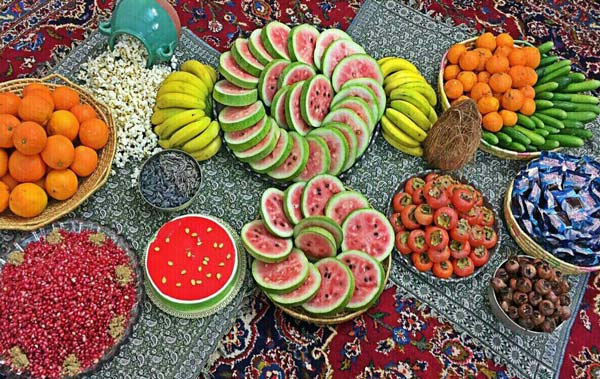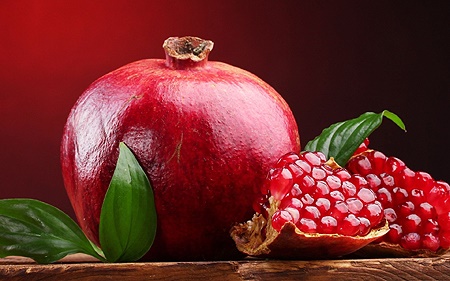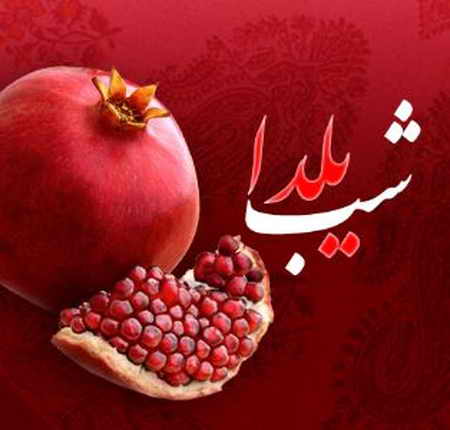Yalda Night or Shab-e Yalda
.jpg)
The last night of autumn (of the Iranian calendar) and the first night of winter, which is the longest night in the whole year, and since then the nights begin to get short and the days become longer.
Yalda Night or Shab-e Yalda
The last night of autumn (of the Iranian calendar) and the first night of winter, which is the longest night in the whole year, and since then the nights begin to get short and the days become longer.
In the past, Iranians celebrated several different days as the beginnings of the year, one of which was the first day of the month of Dey, coinciding with 22 January, which marked the end of one cosmic time cycle and the beginning of another time cycle and the beginning of winter. This night was known as the eve of the birthday of Izadmehr or Mitra, the rebirth of the Sun, and the symbol of Mehr. Yalda is the eve of the beginning of winter and corresponds to the night of the beginning of the great chelleh of winter. Traditionally the Iranian people spend this night together with family and friends until late midnight and at times until the next morning. Iranians of different regions decorate the special table of this night with a collection of summer and autumn fruits like pomegranates and watermelons and try to stay awake throughout the longest night of the year by eating fruits and nuts and telling stories and reading the poems of Iranian poets like Hafez and Ferdowsi. It is commonly believed that by staying awake in this night until the rising of the winter sun people would remove the demon of darkness from their lives.
Choose blindless
Red blindless Green blindless Blue blindless Red hard to see Green hard to see Blue hard to see Monochrome Special MonochromeFont size change:
Change word spacing:
Change line height:
Change mouse type:
